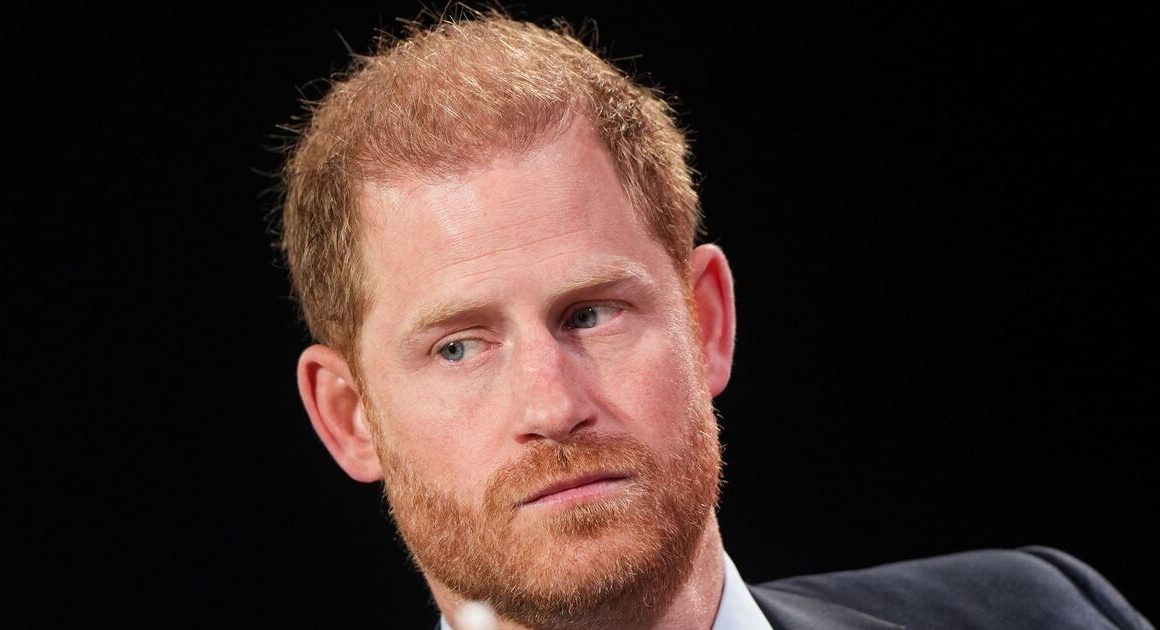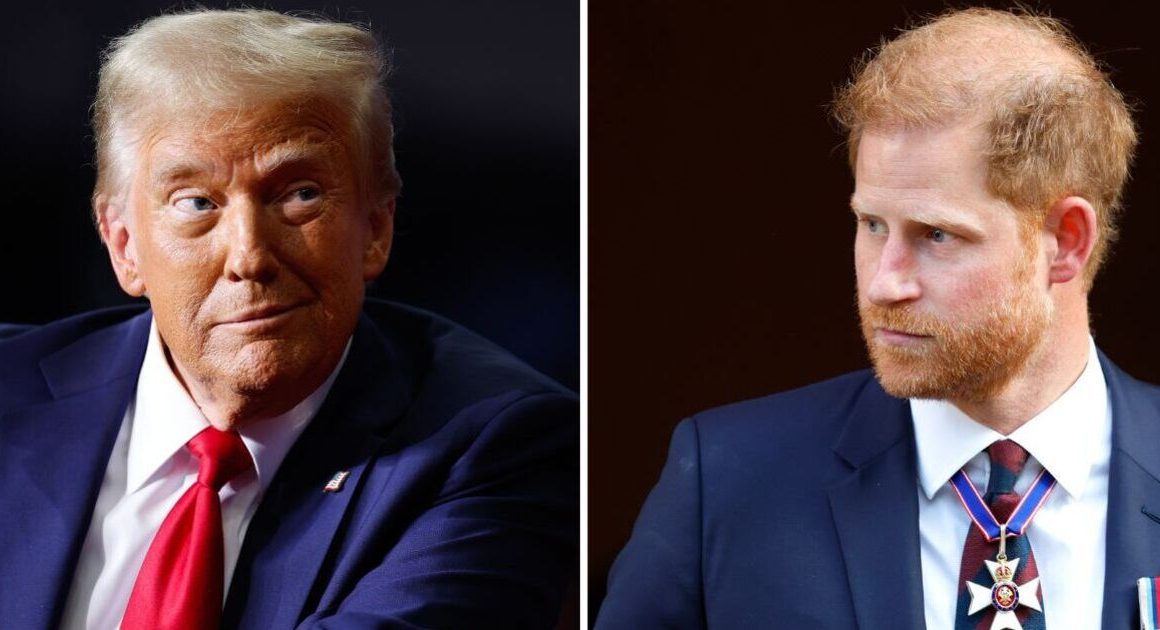The Russian military’s plodding reaction to Ukraine’s surprise attack — and Ukraine’s plan to create a buffer zone in the Kursk region — should compel Western political and military leaders to question many of the assumptions they’ve been making about this long-running war.
A former top U.S. commander and a senior defence analyst with deep ties to Ukraine both say no one should be quick to draw hasty conclusions from the events of the past two weeks.
Still, a number of suppositions about the direction of the conflict have been upended since Kyiv launched this bold action — the first ground invasion of Russia since the end of the Second World War.
There are questions the West should be asking itself as this operation plays out. What are Russia’s real capabilities? And what kind of capacity does it have to sustain military operations?
Implicit in NATO’s multi-year resurgence and rearmament has been the belief that Russia won’t stop at invading Ukraine and wants to carry on to places like the Baltic States. In Latvia, one of those states, Canada leads a multinational brigade.

Expert observers, mostly from European defence and intelligence agencies, have been warning darkly that the West has only a few years to prepare for a possible confrontation with Moscow, and perhaps with other authoritarian powers.
Yet Ukraine — which has been on the defensive in the eastern part of its own territory — was able to launch a surprise offensive on Russia. Until this past weekend, the goals of that offensive were cloaked in strategic ambiguity.
In his nightly address on Sunday, Ukrainian President Volodymyr Zelenskyy said his country’s daring military incursion aims to create a buffer zone to prevent further attacks by Moscow across the border.
It was the first time Zelenskyy had clearly and publicly articulated the aim of the operation, which was launched on Aug. 6.

The first assumption demolished by this operation was that Ukraine wouldn’t be able to regain the initiative until next year.
Phillip Karber, who teaches at the Washington-based National Defence University, said it had been passively assumed in the West that Moscow had the advantage, that it would keep pushing forward in the eastern Donbass region and that there were no other strategic alternatives.
“I would tell anybody who would listen to go attack where the Russians aren’t,” said Karber, who has close contacts in Ukraine’s military establishment. “Try and force them to play catch-up. I think seizing the initiative and forcing them on the defence is good.”
Front Burner24:35Will Ukraine’s attack inside Russia pay off?
Two and half years after Russia first invaded, Ukraine has launched what might be its boldest counterattack yet: a push into the Kursk region. It’s the first military incursion across Russian borders since the Second World War, drawing Russian troops away from key battle zones in eastern Ukraine.
Tim Mak, a Kyiv-based journalist who publishes the newsletter The Counteroffensive, explains why Ukraine is betting big on such a risky strategy, and whether it could change the course of this protracted war.
For transcripts of Front Burner, please visit: https://www.cbc.ca/radio/frontburner/transcripts [https://www.cbc.ca/radio/frontburner/transcripts]
Some observers have speculated that Ukraine was trying to draw Russian troops away from the Donbass to relieve pressure on its forces there.
If that was the case, Karber said, the gamble “really hasn’t paid off” and he fears the Ukrainians will soon face a determined counterattack on one or both of the shoulders of the salient. The Russians’ aim would be to trap the Ukrainian forces in a pocket, a tactic the Soviet Red Army was very good at during the Second World War.
The takeaway for NATO is, despite social media images of Russian conscripts surrendering, the success of this attempt to create a buffer zone is far from assured.
“The Russian units are tough,” Karber said.
That may be so, but retired U.S. lieutenant-general Ben Hodges said the events of the past few months have exposed some important weakness in both the Russian military and the country’s defence industrial complex.
“We should hopefully be figuring out — I have no doubt that there are plenty of intelligence assets focused on this — what are Russia’s real capabilities? What is their ability to sustain operations?” said Hodges.
“I think that it’s been clear for some time that Russia does not have the ability to knock Ukraine out of the war as long as the West continues to provide even the modest amounts that we are providing now.”
Many experts have warned that the Russian Army is rebuilding to cover its massive equipment losses and is even learning lessons from the catastrophic number of casualties it has sustained.

“I have not seen much in the way of major changes or innovation on the Russian side,” said Hodges, who was commander of the U.S. Army in Europe.
“It seems like they’re just trying to do more and more of the same, and certainly they will have lost thousands of experienced troops and leaders that are now being replaced by those who are not as well trained or experienced. Where is the bottom of that barrel for Russia?”
The use of Russian conscripts in the Kursk region also points to what Hodges called “severe manpower problems” — shortfalls he said limit Russia’s ability to replace battlefield losses of both soldiers and of equipment.
Hodges said the Russian defence industry is producing nothing close to what’s needed and Moscow seems to be relying on materiel from China, Iran and North Korea.
“It doesn’t feel like a sustainable level,” he said.

One of the biggest takeaways for Hodges, however, has been how the Kursk campaign upended the assumption that battlefield drones have made the element of surprise unattainable in modern warfare.
“How could Ukraine build up enough capability and launch an attack that seemingly called the Russians by surprise, as it caught most of us by surprise?” he said.
“It really challenges the theory, or the narrative, that with drones, it’s impossible to get large numbers of ground forces concealed and to move them effectively. It looks to me that Ukraine has somehow created a counter-drone capability, or bubble, that has enabled them to do things that were not even thinkable of six, eight, ten months ago.”









